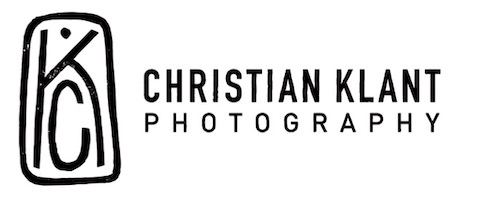
After the first outdoor-shootings with my 8×10 Horseman I quickly realized, that the weight of more than 30kg for camera and tripod is not quite easy to move around on muddy trails and steep mountains.
During the European Collodion Weekend this year I met Gerad Figal and asked him if there are some interesting cameras coming up from his connection in India. And yes, there was a foldable 8,5×15” Vageeswari in the pipeline.
A week later I got an email with some pictures. Conditions of the camera looked good and the price was reasonable. Et voila – only two weeks later I received a well packed parcel from India.
The camera looked a bit dusty and smelled like it has been hanging out in the cellar for decades. Some of the screws were rusty and the fittings were all scratched by having been used a long time ago. But I was happy to hold the camera in my hands.
I started cleaning it and I had to realize, that the bellows were definitely not in a good shape. To be precise: They fell apart just from looking at them . At this point I decided to go for a complete restoration.
[portfolio_slideshow id=2462]Restoration of an old wooden camera
First of all I ordered new bellows by Andrey Donchev from Bulgaria. After that I dissembled the camera into all single parts. The result was a bucket full of fittings and screws and box full of wooden parts.
The Fittings: I tried to remove the nickel of the fittings, with great success: The knobs (that are made of aluminum) began to dissolve in the hydrochloric acid I used for cleaning the parts. DON’T DO THIS AT HOME! The acid will get very hot, acrid fumes will rise and the knobs will start to dissolve like a fizzy tablet. So I ended up sending the fittings to a galvanic company in Austria (because no one wanted to do it here in Berlin).
The Wood: For removing the old varnish I used wood stain, which worked pretty well. After that some final cleaning with fine steel wool and alcohol. Because of the organic haptic of naturally oiled wood I used linseed oil for protection instead of a varnish. The color of the wood looks beautiful now! After buying new screws made of brass and some other details, I started to put things back together. And I can say that every single hour I spent with the restauration was totally worth it.
The plateholders: I restored them as well and constructed some adaption frames for different plate sizes.
The lensboard: As I use Sinar-boards for my lenses I build an adapter for them, that works perfectly.
The tripod-mount: Instead of trying adventurous constructions out of aluminum, I simply mounted a peace of plywood onto the bottom of the camera, drilled a hole in the middle and put a 3/8” tee-nut in there. Works great and gives the camera base an additional support, too.
[portfolio_slideshow id=2450]
History of the Vageeswari View Cameras
Have a look at this threat in the Large Format Photography Forum. There you will find some interesting informations about Vageeswari Camera Works.
Why a 8,5×15” view camera?
Because I think this is an interesting format. You all know the 16:9 format. And 8,5 by 15” is exactly what we consider a modern format nowadays. Besides the fact that this is a good format for landscapes I like to play around with the combination of the old wet plate technique and modern aspects.
Ready for the first Shooting
As you may know there are plenty more details to be solved before you can go for the first shooting. A new silver bath and a new box, new plates in the new size, bigger trays, … But finally I’ve managed all those details and had a great afternoon with my new old Vageeswari camera in one of the parks here in Berlin.
I learned a lot about camera restoration while I was working on this project. Leave a comment if you have any question.
[subscribe2]
[social_share/]
